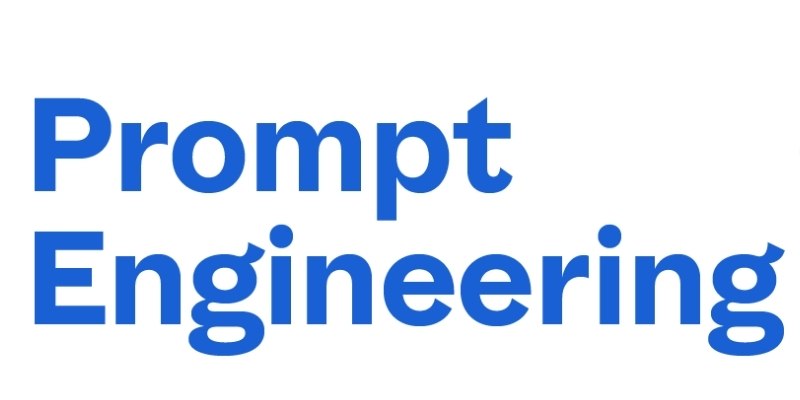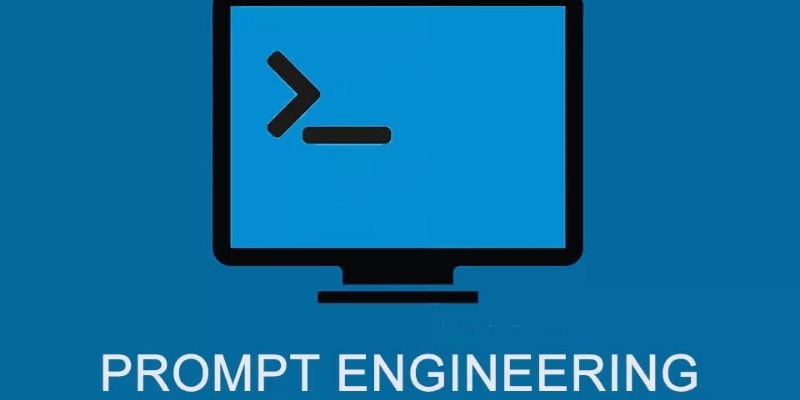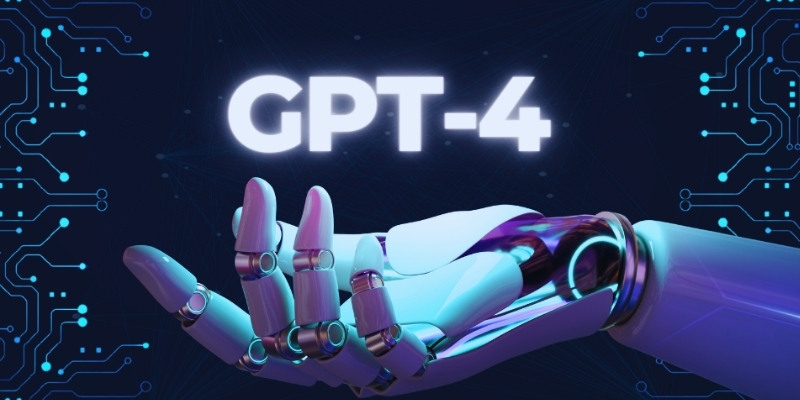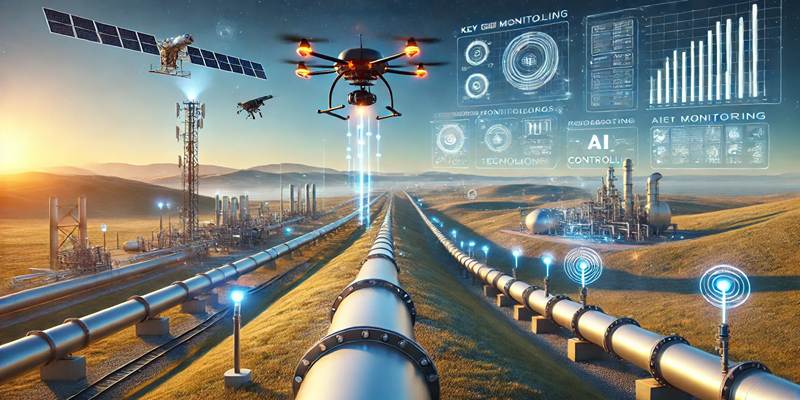In the field of AI, prompt engineering is becoming rather important. It facilitates consumers' improved responses to AI models. While some view it as a fad, many consider it to be a necessary ability. The quickly evolving field of artificial intelligence begs questions about whether timely engineering will endure. Some analysts believe AI models will improve; thus, less complicated prompts will be needed. Others contend that creating good prompts is always worthwhile.
Prompt engineering helps companies enhance chatbots, automation, and content generation. Will this ability still be valuable in the future? This article investigates the rise, influence, and possible fall-off of prompt engineering. It explores whether the ability's popularity will still be relevant and why it became so. Knowing the direction of artificial intelligence interactions will enable companies and people to adjust. Let's explore the specifics now.

The Rise of Prompt Engineering
Large artificial intelligence models helped prompt engineering to become prominent. Users observed that better prompts followed better responses. People experimented with thorough directions instead of basic directives. To increase chatbot accuracy, artificial intelligence firms began staffing prompt engineers. Companies applied them to build improved automated customer service systems. Marketers and writers realized the need to create prompts to produce excellent materials.
Demand for this ability grew as artificial intelligence systems such as ChatGPT, Bard, and Claude developed. Online groups traded ideas to generate successful prompts. Tutorials and courses on quick design started to be widely available. Businesses saw that little language adjustments could enhance answers to artificial intelligence questions. It makes quick engineering a major component of artificial intelligence development. But would this ability still be valuable as artificial intelligence develops?
Why Prompt Engineering Became Essential?
Given the restrictions of artificial intelligence models, prompt engineering became an essential ability. Early chatbot models responded mostly inaccurately or misleadingly. To receive helpful responses, users had to hone prompts. Companies applied fast engineering to increase the usability and efficiency of artificial intelligence. Many sectors could see increased output from a nicely written prompt. It assisted with chores, including writing, coding, and problem-solving. Artificial intelligence developers also needed fast engineering to train models.
Perfecting replies requires trying several different cues, which makes the ability important in product development and artificial intelligence research. Developing AI-powered tools in companies raises the need for qualified quick engineers. Businesses want AI to be included in regular operations, which requires triggers guaranteeing consistent outputs. Some contend, meanwhile, that AI models are changing and won't require careful, prompt creation anymore.
The Decline of Prompt Engineering
Some analysts see quick engineering as a passing phase. Understanding the natural language of AI models is improving and becoming more sophisticated. Less work is needed to obtain reliable results from newer models. Simple prompts entered by users still yield helpful results, lessening the need for intricate prompt crafting. Artificial intelligence companies are developing self-optimizing models. These models learn from past interactions, so reactions change with time. If artificial intelligence grows more user-friendly, prompt engineering could prove obsolete.
Fine-tuning tools and automation could replace human prompt engineers. Reducing biases, mistakes, and misconceptions in responses is the main emphasis of artificial intelligence developers. It could render hand prompt creation less important. As artificial intelligence advances, companies might not require experts in timely design. They might turn their attention to teaching artificial intelligence models smarter versions. It can help to lower the long-term demand for quick engineers.

The Future of AI and Prompt Engineering
Some think timely engineering will fade, while others see it developing. Although artificial intelligence models might better grasp context, human input will always be important. New artificial intelligence tools call for various approaches to stimulus. Users might employ voice commands, visual inputs, or interactive prompts instead of verbose instructions. The job of a prompt engineer could change to include AI customizing. Companies still require experts to maximize AI tools for particular activities.
This ability could still be crucial in artificial intelligence ethics and data education. AI might not completely replace human ingenuity in quick design. Some sectors—including marketing, education, and healthcare—could still gain from quick engineering. Future artificial intelligence models might put more of an emphasis on user intent than on rigorous directions. AI relationships might thus be more natural and successful.
Can AI Fully Automate Prompt Engineering?
Though full automation of prompt engineering is still unknown, artificial intelligence is developing fast. A better understanding of natural language by modern artificial intelligence models helps to lower the demand for sophisticated cues. To improve accuracy and context, they still depend on human feedback nonetheless. AI lacks the human creativity, intuition, and adaptability that drive forward creation. Automation struggles with complex cues requiring emotional intelligence or specific tones, even if it can manage structured duties. Human-made inspiration still helps sectors, including business, education, and creative writing.
AI models are also taught on current data and might not fit changing user needs or new trends. Human engineers ensure relevancy by varying prompts depending on experience. AI will improve rather than replace prompt engineering. Although future AI tools could help users create better prompts, human knowledge will always be vital for maximizing AI interactions. While prompt engineering may change, total automation is not realistic.
Conclusion:
The shape of AI interactions was much influenced by prompt engineering. It improved users' outcomes from AI models. Many companies depend on this ability for automation, content generation, and problem-solving. But as artificial intelligence develops, the necessity for handcrafted prompts could fade. New artificial intelligence systems may need less human involvement to produce quality responses. However, fast engineering might change instead of vanishing. It could fit fresh artificial intelligence tendencies and join AI customizing and training. The direction of artificial intelligence interactions will define whether quick engineering is a transitory fad or a lifetime ability.











